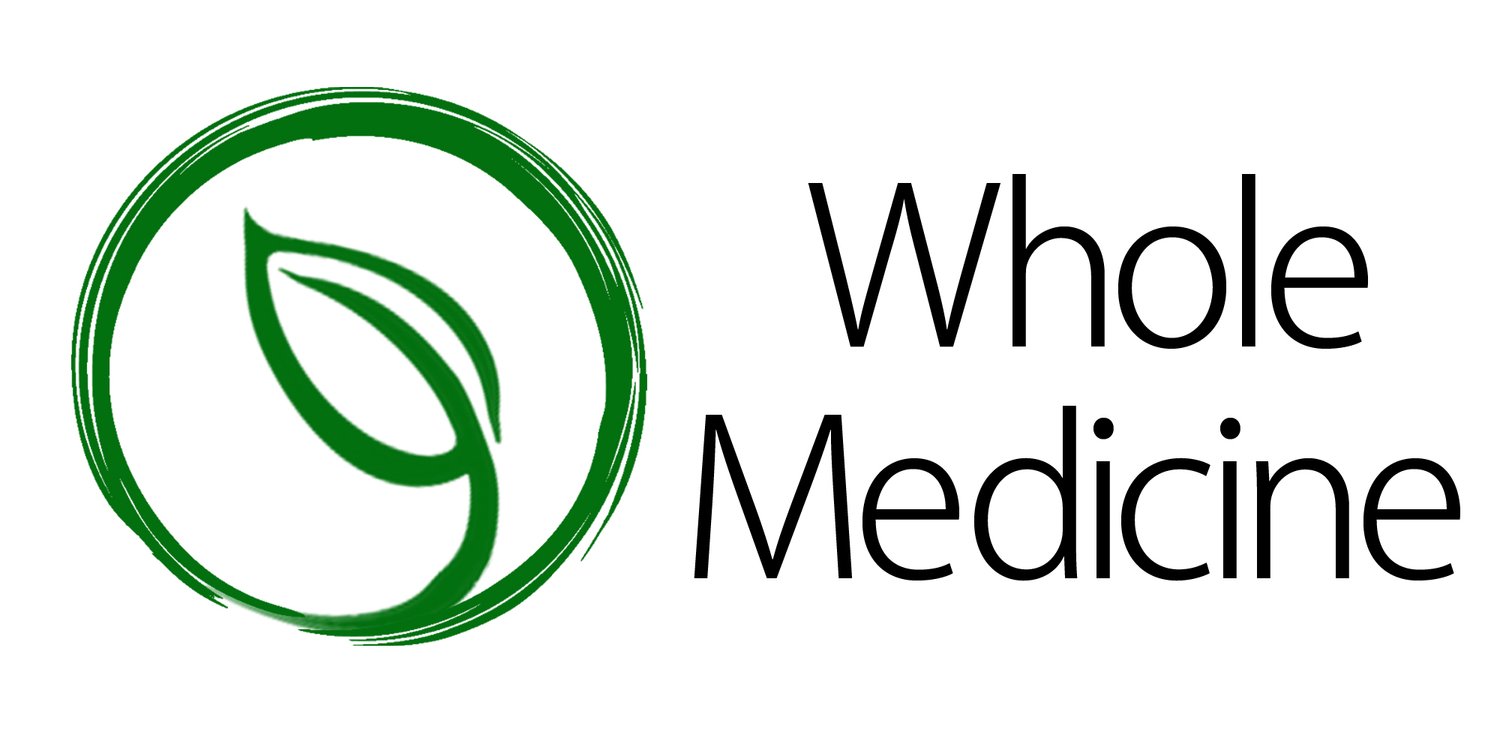What to look for in a protein powder
You hear about the value of protein in health and wellness circles all the time. It is protective against injury as you age, is the building block for your hormones, and plays important roles in maintaining a healthy weight. But getting sufficient protein can be a challenge when you’re on-the-go or looking for a filling snack – enter the protein powder.
Protein powders are everywhere. You can buy pre-made protein shakes at the grocery store, you see the gym bros with their post-workout shakers, and can find recipes for protein pancakes on any given mommy blog. And for good reason – protein powders can be a nutritious option for many, offering a convenient, portable, shelf-stable way to get a generous serving of protein. But they can also be tricky – many of the protein powders have additives, stabilizers, and a host of unfamiliar ingredients that make it a challenge to make an informed purchase without hours of research and nutrition education. So how should you decide what protein powder to buy, or if it’s a good choice for you?
Is protein powder a good fit for you?
Protein powder can be a useful tool for increasing protein intake for a variety of reasons, such as building muscle, preventing injury with aging, and increasing satiety. Protein plays an important role in muscle growth and recovery. Some studies have shown supplementation with protein powder can stimulate muscle growth amongst athletes. In another, systematic review and meta-analysis published in the journal, Nutrients, there is evidence that combine supplementation with whey protein and resistance exercise in elderly adults can improve muscle mass.
Additionally, consuming protein with meals can help improve your sense of satiety, or fullness, by increasing sensitivity to incretin hormones, like GLP-1 (of Ozempic fame), that regulate your appetite and blood sugar levels.
A good rule of thumb: Protein powders should have one ingredient – protein
So you want to add an occasional protein powder to your diet, but how do you get started? The simplest answer is to look for a protein powder without other additives. There are many different forms of protein powders you can choose, such as whey, casein, or collagen powders for animal-based proteins, and soy or pea protein powders as common plant-based options. Regardless of the type you choose, when you read the ingredient list on the back of the container, it should only list the protein(s) included.
Avoid protein powders with added sugars, including artificial sweeteners
If you do choose to purchase a protein powder with added flavors and ingredients, be aware that protein powders can often be a source of hidden added sugars, especially when you are purchasing pre-made protein shakes. Many powders and shakes will say ‘sugar-free,’ on the label, as they may be sweetened with artificial sweeteners like aspartame and sucralose. Artificial sweeteners can be more sensitive for the digestive system, can disrupt hunger and satiety signaling and cues, and can disrupt your gut microbiota. Better to avoid them as much as possible!
Be mindful of additives and potential toxins
This is an example of the National Sanitation Foundation (NSF) logo that can be found on supplements that have been tested by the NSF for safety from contaminants.
Because protein powders are considered supplements, their contents are not regulated by the Food and Drug Administration (FDA). The nonprofit, Clean Label Project, tested 153 of the bestselling protein powders on the market, and found 75% of the powders contained lead, 55% contained BPA, and also found evidence of arsenic, cadmium, mercury, and mycotoxins in many of the powders. Therefore, when purchasing protein supplements, it is essential to look for protein powders that are transparent about contaminants on the labels. It is also helpful to look for products that were third-party verified and held to standards. For example, the National Sanitation Foundation tests supplements and other products for quality and safety.
Remember
Protein powders are a supplement to help you meet your protein needs, but this means it is a tool to enhance your diet. Thus, it is critical to take in protein in the whole food form first – think high protein foods like chicken, salmon, cottage cheese, nuts and seeds, or beans and lentils. Check out our blog post for some practical tips about how to increase your protein intake. Another thing you’ll notice in research articles about supplementing with protein powder, is that is combined with movement, especially resistance exercise, for the most impact.


